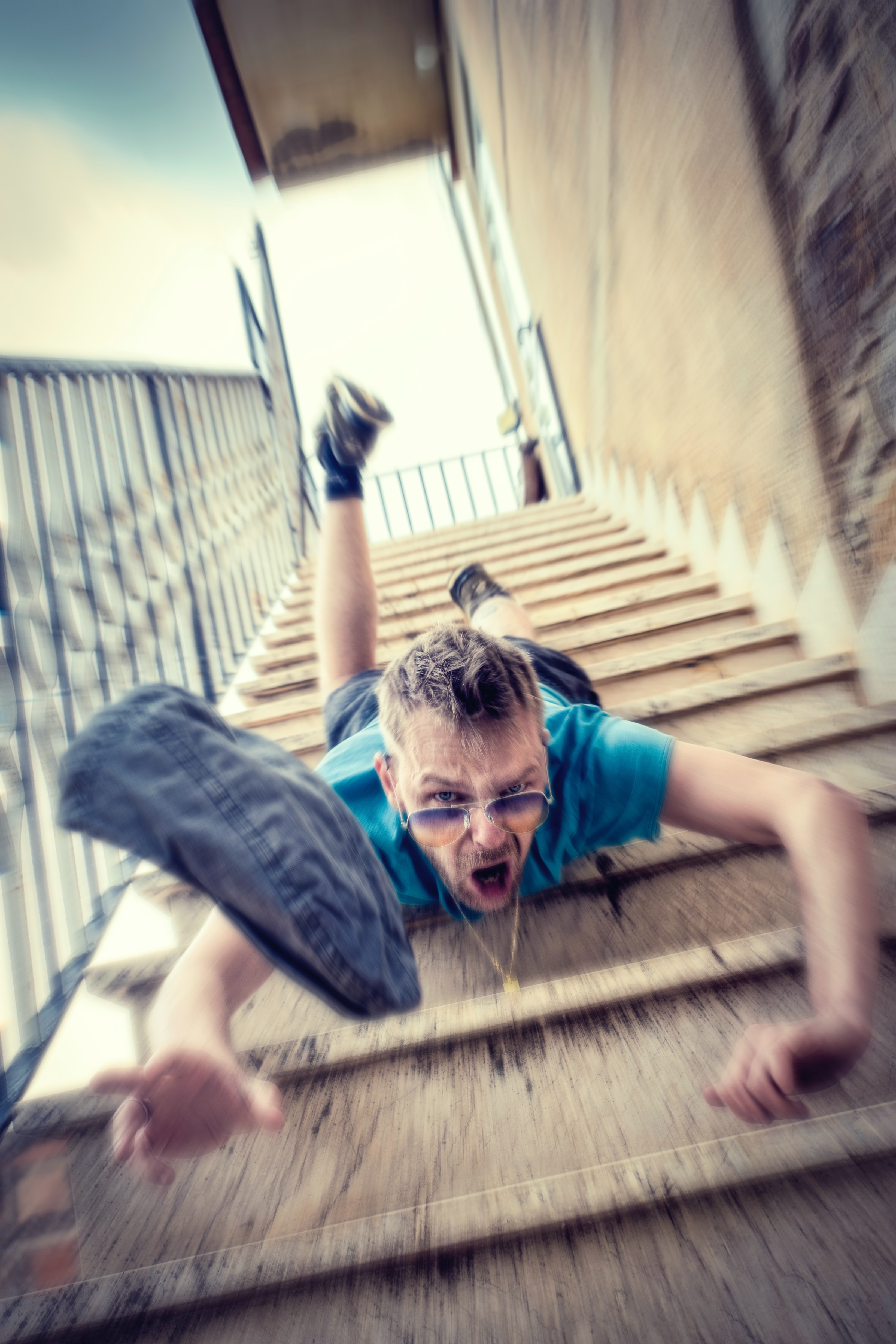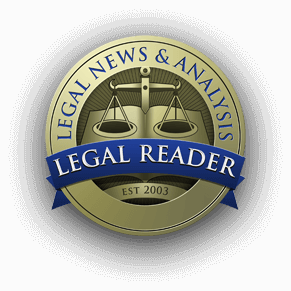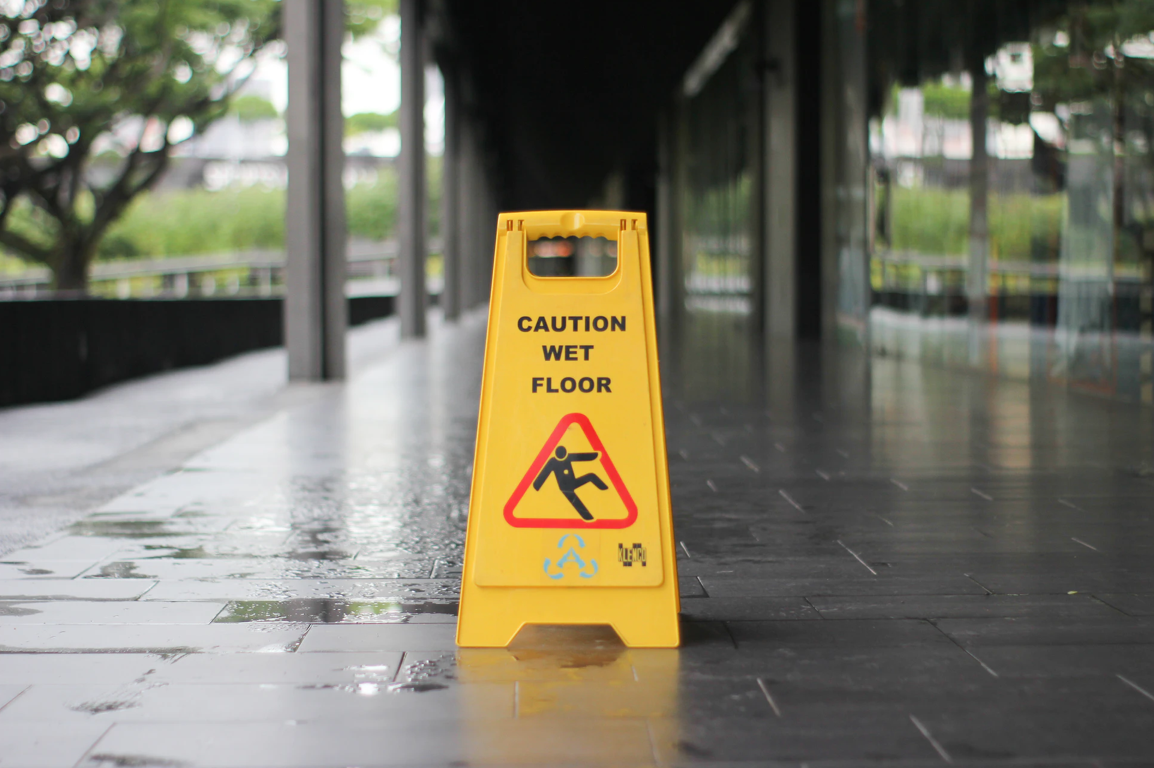With a deeper understanding of these factors, individuals can better protect their rights and ensure that justice is served in slip and fall cases.
Slip and fall accidents are among the most common types of personal injury cases, often seen in everyday scenarios such as slipping on a wet floor at a grocery store or tripping over uneven pavement. However, while the immediate cause of these accidents is usually apparent, many of the factors leading to such injuries are hidden beneath the surface. Factors like negligent property maintenance, legal loopholes, and even psychological impacts can significantly affect the outcome of slip and fall claims, yet they are often overlooked in the initial stages of legal proceedings. This blog aims to uncover these hidden influences and explore how they shape the legal landscape of slip and fall injury cases.
The complexity of these cases often goes unnoticed by those outside the legal world, making it crucial for both plaintiffs and defendants to understand how underlying factors can play a role in determining liability and compensation. In this blog, we will delve deeper into these “hidden factors,” shedding light on how elements such as environmental conditions, property owner responsibility, and even the emotional and psychological impact of such accidents can influence a slip and fall case.
Environmental Factors and Their Hidden Role in Slip and Fall Cases
According to Donaldson & Weston, in many slip and fall cases, the environment where the incident occurred plays a crucial role. It’s easy to assume that a slippery floor or a pothole in the ground is the sole cause of an accident. However, environmental factors can extend beyond what is immediately visible, including poor lighting, weather conditions, and even neglected infrastructure. For instance, a poorly lit parking lot or hallway can significantly increase the likelihood of an accident, especially if an individual is unable to see a hazard in time.
Moreover, the conditions surrounding the environment—such as whether the property owner made reasonable efforts to maintain safety during adverse weather—can also be a factor in the case. In icy weather, property owners have a duty to ensure that walkways are salted or treated to prevent slip and fall injuries. When these conditions are not met, the environmental elements that caused the fall can be considered hidden contributing factors that influence the outcome of a lawsuit.
Negligence and Property Maintenance: A Deeper Look
Negligence in property maintenance is often a hidden factor that can complicate slip and fall cases. Property owners have a legal obligation to keep their premises safe and to promptly address any hazards. However, even when accidents occur in seemingly “normal” environments, a deeper investigation can reveal that property owners failed to maintain the space in ways that might not be immediately obvious. For example, a seemingly harmless spill on a store floor can cause a fall, but upon closer inspection, it may be found that the store failed to clean up spills within a reasonable amount of time, or that the flooring was uneven due to improper installation.
Negligence can also be tied to failures in addressing ongoing issues, such as worn-out carpets or loose handrails, which might not be noticed immediately by visitors but are obvious to those who manage the property. Such hidden patterns of negligence can impact the liability of property owners and contribute significantly to the success of a slip and fall claim. By uncovering these layers of neglect, a plaintiff’s legal team can strengthen their case and increase their chances of obtaining fair compensation.
Legal Loopholes: Unseen Barriers in Slip and Fall Claims
In slip and fall cases, legal loopholes can often be the most hidden, but they are also some of the most significant obstacles to achieving justice. For example, liability laws differ from state to state, and the definition of what constitutes a “safe” environment may vary depending on local ordinances. A property owner may legally avoid responsibility for an accident if certain technicalities or conditions are met, such as proving that they were not aware of the hazard or that the hazard was open and obvious to the plaintiff.
Additionally, many slip and fall cases involve premises where there are questions surrounding “invitation” or “trespassing.” If a person was not legally on the property or was engaging in illegal activity at the time of the accident, they may not have grounds to pursue a personal injury claim. These legal intricacies can make it difficult for victims to prove fault, despite the visible cause of their injury. Understanding these legal nuances and hidden barriers is key to navigating a successful slip and fall case, especially for those who may not initially see the potential obstacles in their path.
Psychological Impacts and Emotional Distress in Slip and Fall Cases
While the physical injuries caused by a slip and fall accident are often the primary concern, the emotional and psychological toll can be just as significant. Many slip and fall victims experience anxiety, depression, or PTSD following an accident, yet these aspects are frequently overlooked during legal proceedings. Victims may struggle with the fear of re-entering public spaces or suffer from long-term trauma related to the incident.

These psychological effects can greatly influence a slip and fall claim, especially when it comes to the compensation that a victim is entitled to. Courts may consider emotional distress as part of the overall damage award, but the challenge lies in proving these impacts. Hidden behind physical injuries, psychological effects can be hard to quantify, requiring expert testimony or evidence of long-term mental health struggles. For plaintiffs, uncovering and documenting these hidden psychological impacts can significantly influence the outcome of their case.
Role of Insurance Companies: Hidden Agendas and Tactics
Another hidden factor that can shape slip and fall cases is the involvement of insurance companies. While insurance providers are meant to offer financial protection in the event of an accident, they are often motivated by profit, which can lead to hidden tactics that undermine the victim’s case. Insurance adjusters may downplay the severity of injuries, dispute liability, or offer settlements that are far less than what the victim is entitled to.
Furthermore, insurance companies may use their vast resources to delay cases, hoping that plaintiffs will settle for lower amounts out of frustration. Some victims may not realize the full extent of their rights or the hidden motives behind these insurance practices. Navigating the complexities of dealing with insurance companies is a crucial part of the slip and fall process, and those pursuing claims should be aware of how these entities may work behind the scenes to limit compensation or avoid paying out claims altogether.
Conclusion
Slip and fall injury cases may appear straightforward at first glance, but there is much more beneath the surface. Environmental factors, property owner negligence, legal loopholes, psychological impacts, and the hidden agendas of insurance companies all play significant roles in determining the outcome of these cases. For victims, understanding these hidden elements is crucial for navigating the complex legal process and ensuring they receive the compensation they deserve. By uncovering the factors that often remain unseen, plaintiffs can build a stronger case, and property owners can learn the importance of maintaining a safe environment for their guests.
As the legal landscape surrounding slip and fall accidents continues to evolve, it is vital for both victims and property owners to be aware of the many hidden influences that shape personal injury claims. With a deeper understanding of these factors, individuals can better protect their rights and ensure that justice is served in slip and fall cases.


Join the conversation!